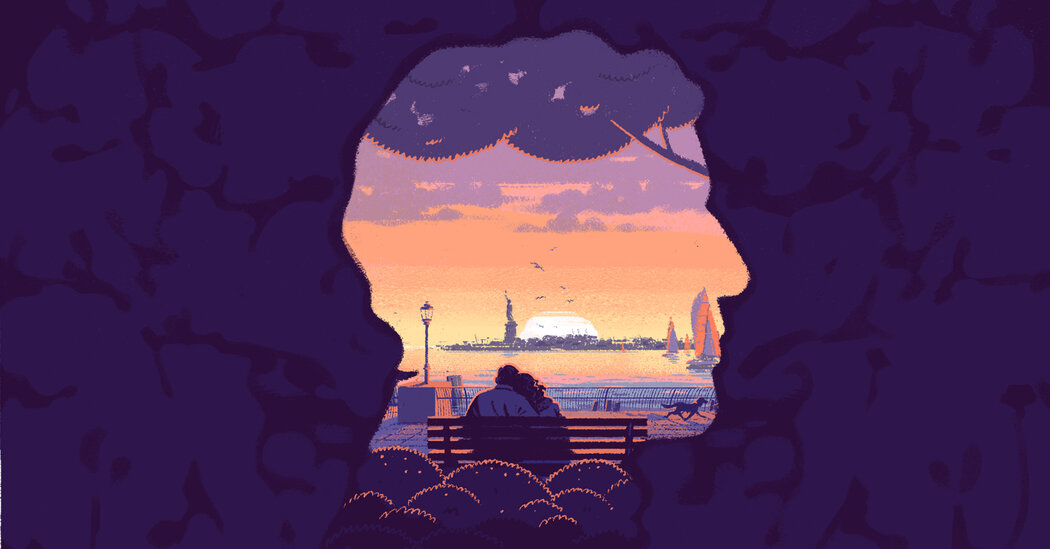
“This disease is incurable, it’s terminal, and it will eventually kill you. Tell your children, tell your family, they need to know the truth.”
Dr. Phil Stieg’s verdict came after my brain surgery at Weill Cornell Medicine in New York City. He’d extracted a lime-size mass from my right parietal lobe — glioblastoma, a malignant, incurable grade 4 brain cancer, known as G.B.M.
I had about 15 months to live, he told me, maybe a bit more with good treatment. It was July 2019.
Death was not alien to me. I had spent my career facing it down, my own and others, as an international correspondent for The New York Times and elsewhere. I’d covered wars from Cambodia in 1978 on through Iraq and Afghanistan, and I’d seen my share of carnage.
But, if I’m honest, I never thought I’d die myself. And I didn’t.
What actually happened was even stranger.
In fact, the day of the surgery was the first day of what I’ve come to think of as my Second Life.
•
The French neuroscientist David Servan-Schreiber, who survived 18 years with brain cancer, is one of many philosophers of cancer who speak of the phenomenon of the Second Life. Faced with a terminal diagnosis, patients realize that a new vista has just opened up. It is one of doctors, impairment and uncertainty, to be sure, but also one of surprising beauties and benefits.
